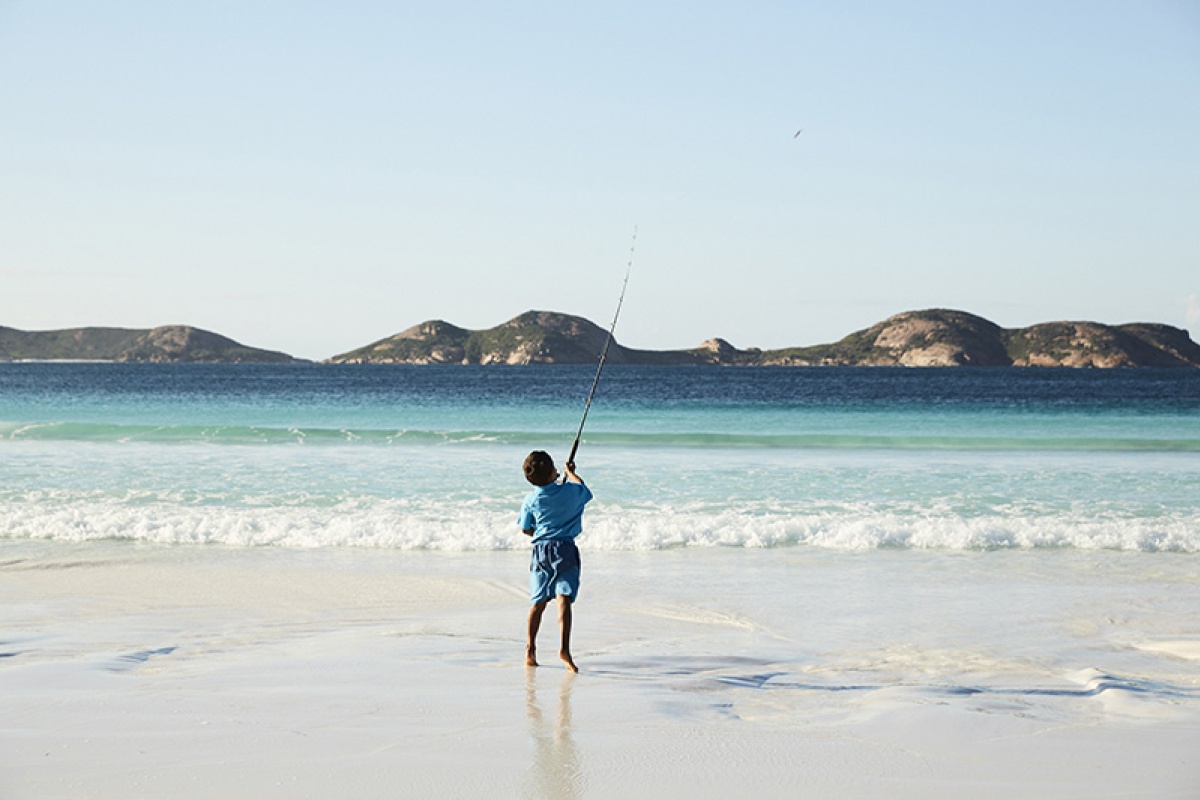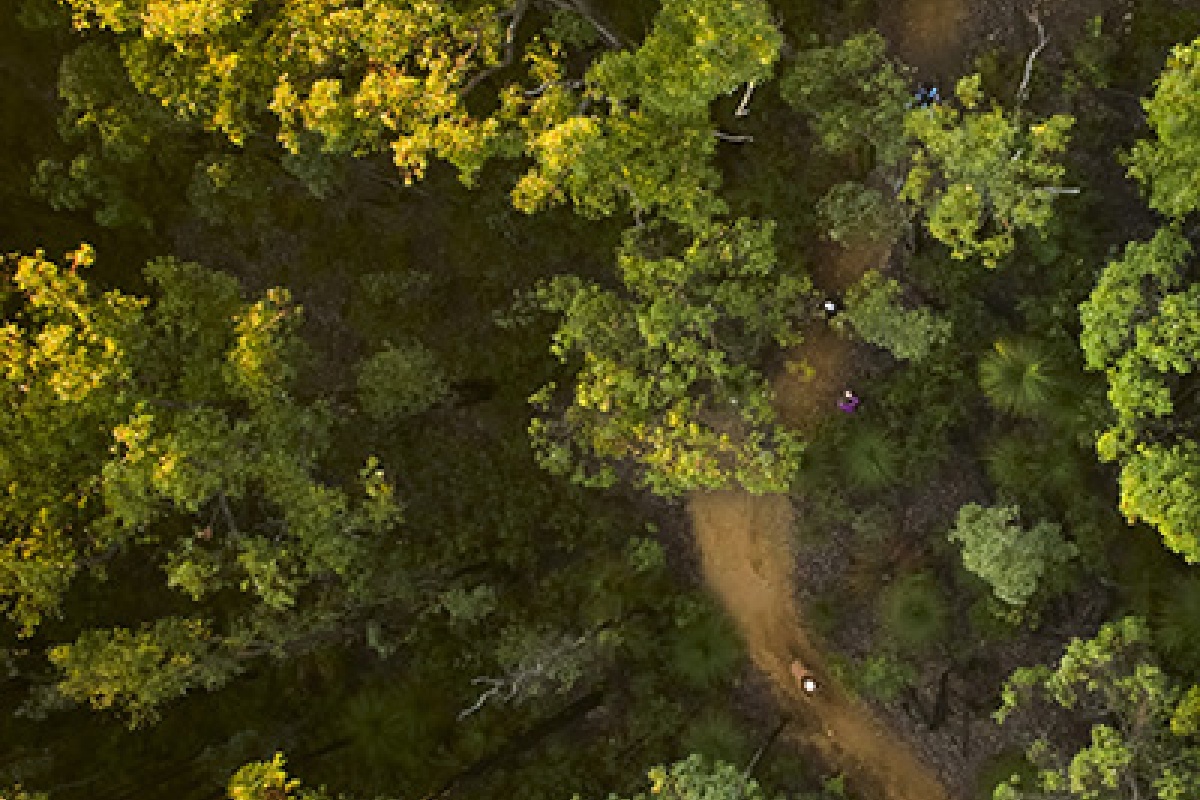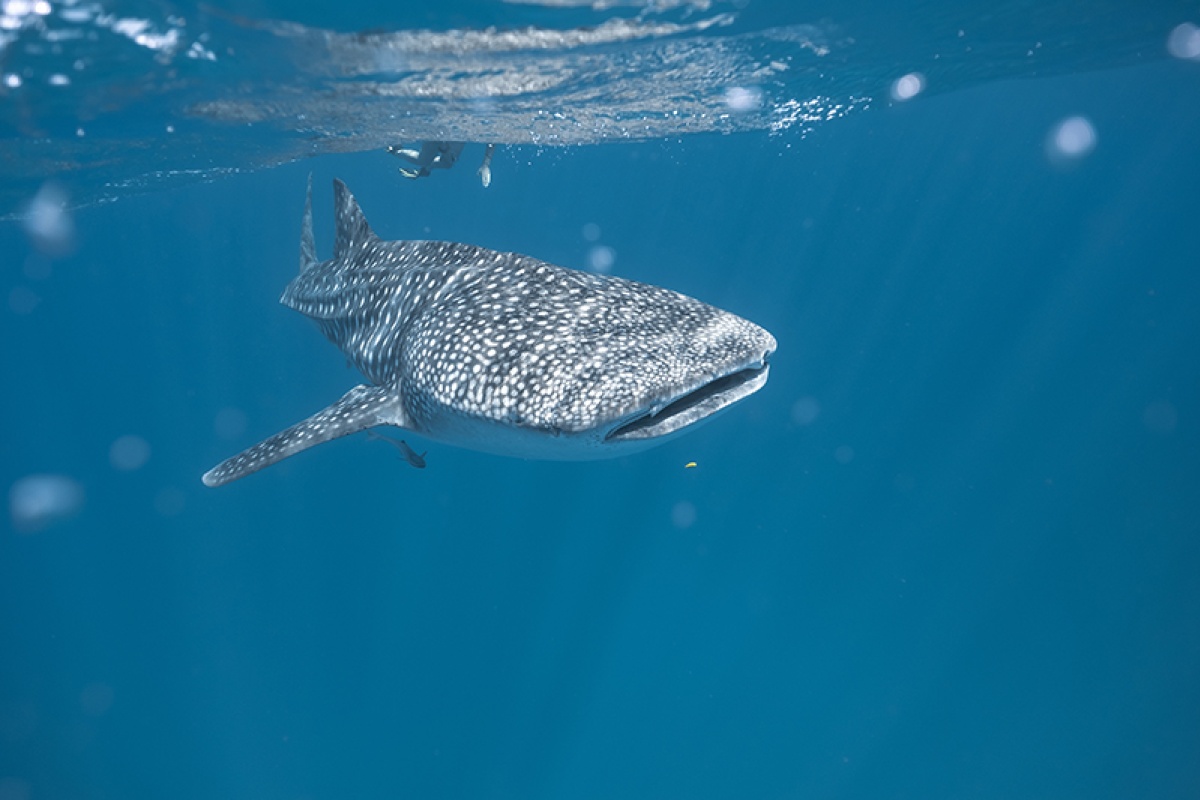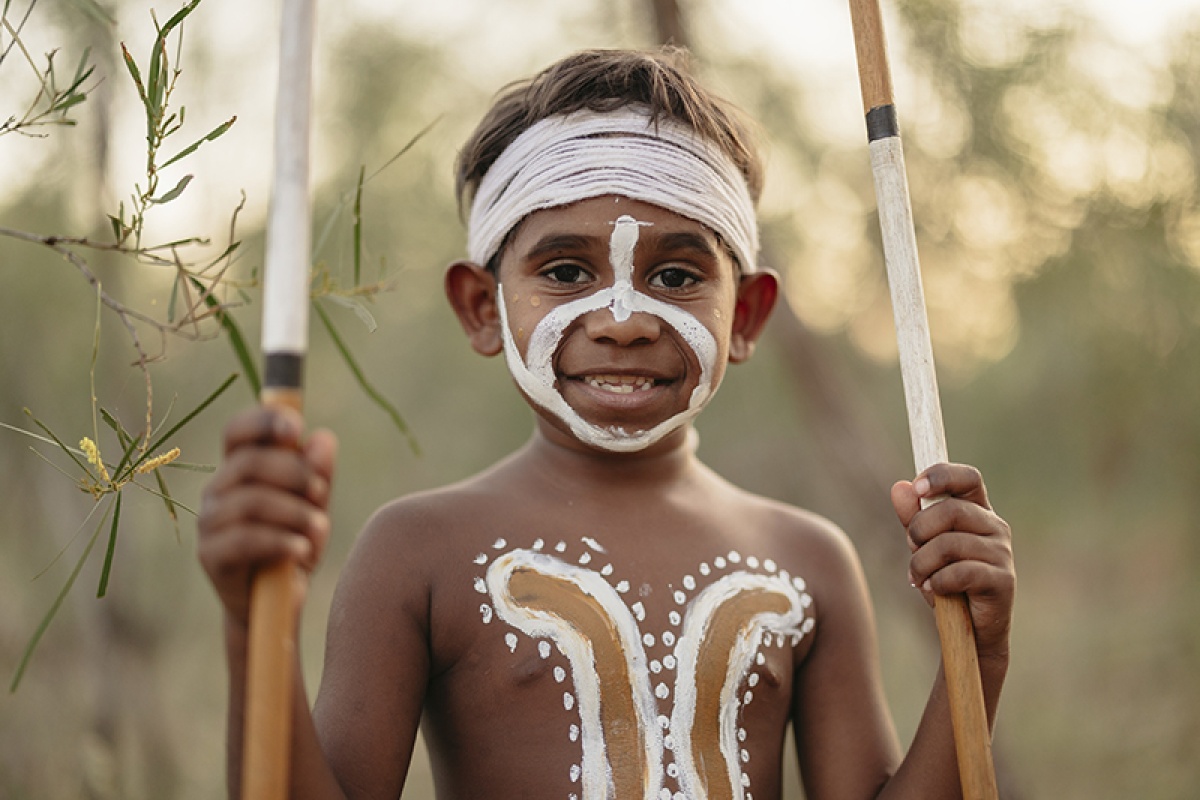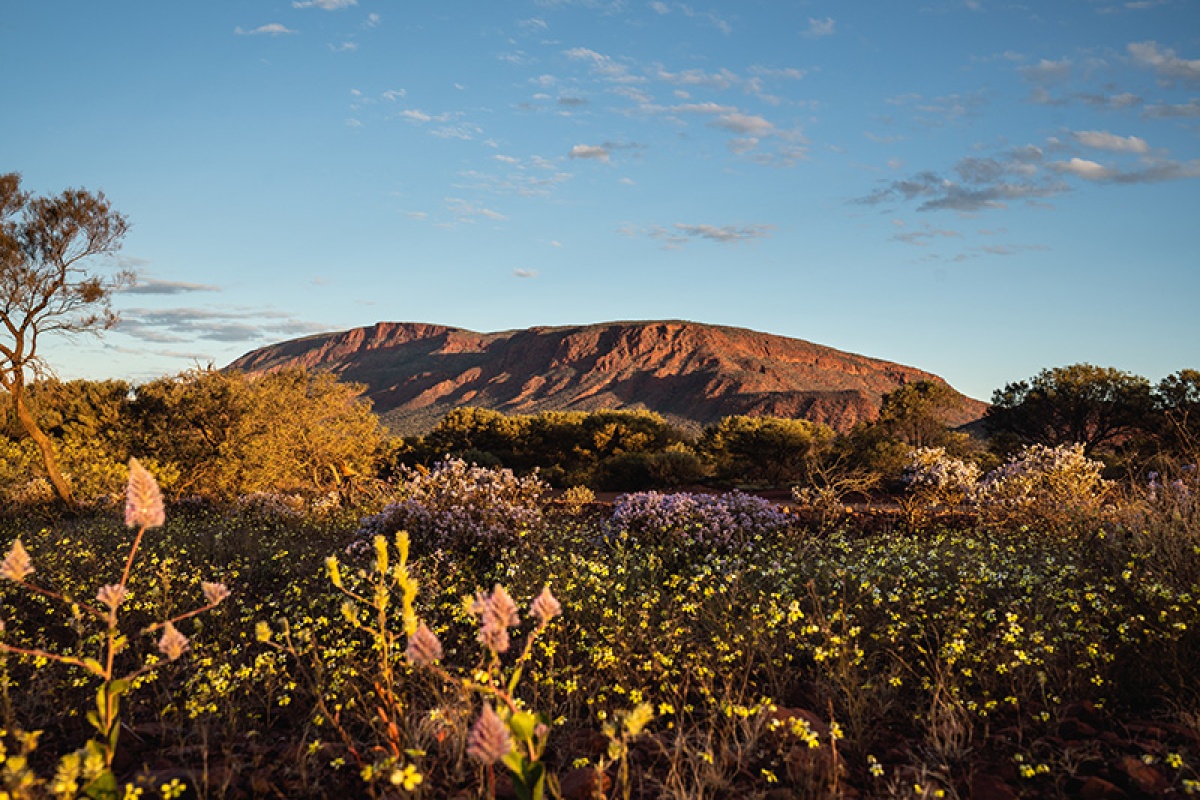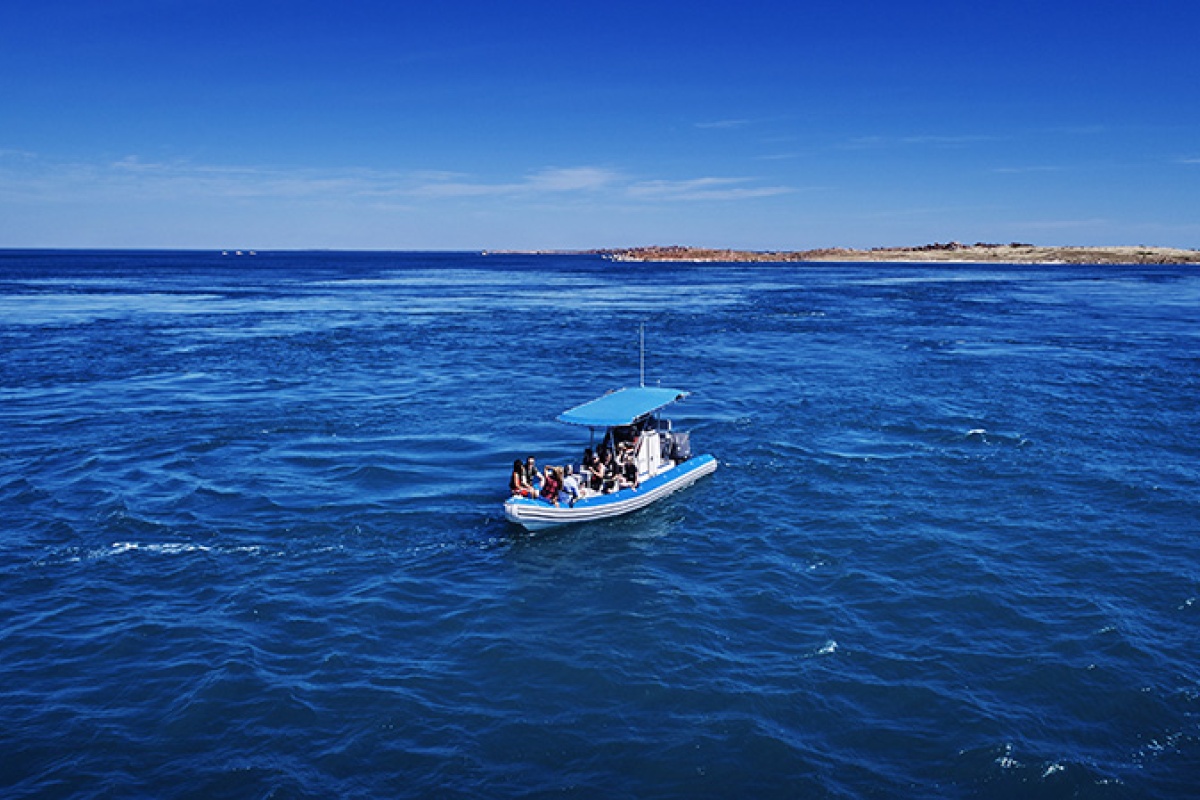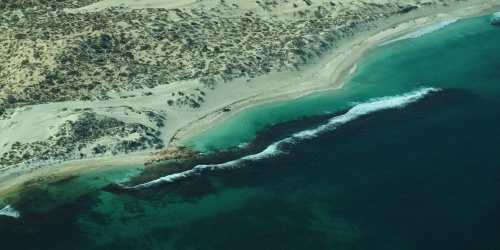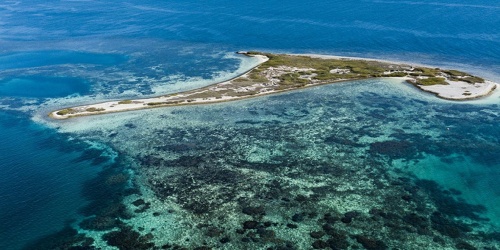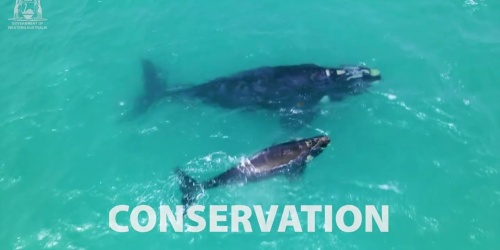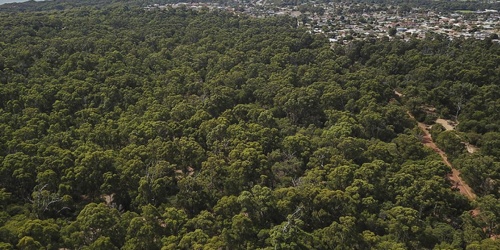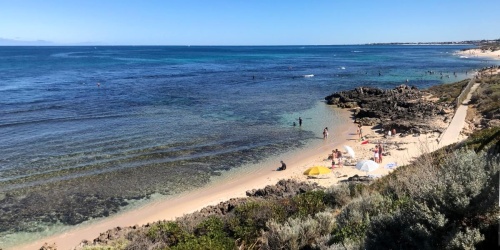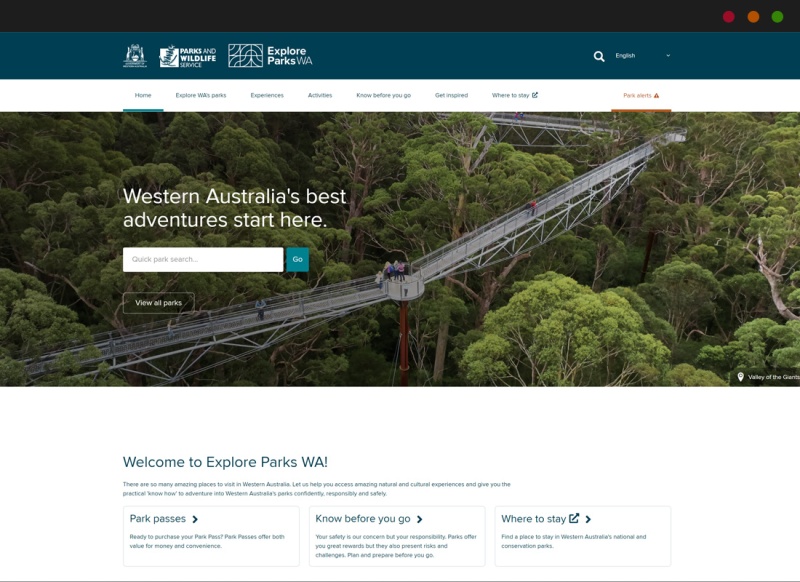More than 5 Million reasons to celebrate!
Plan for Our Parks has created and expanded parks from the Kimberley in the north, across WA’s Rangelands, through population centres in Perth and Bunbury, to our south-west forests and along our southern coastline. It is protecting some of the State’s most valuable natural assets, creating on-country jobs and training for Aboriginal rangers and providing opportunities for developing nature-based and cultural tourism, and recreation attractions and facilities throughout Western Australia.
Working with Traditional Owners
The plan provides the basis for a new era in working with the State’s Traditional Owners in land and sea management, with most of the reserves to be jointly vested and jointly managed with Traditional Owners.
Plan for Our Parks involves Indigenous Land Use Agreements (ILUAs) with 21 different Traditional Owner groups across the State. The ILUAs will provide real and meaningful opportunities for native title parties to build their capacity and strengthen governance and enable Traditional Owners to be trained and employed to directly participate in the management of their country.
The initiative is providing transformative job, training and career development opportunities for Aboriginal people in all areas of land management. Once fully implemented the initiative is expected to create about 277 full-time jobs across the State with around 70 per cent of those expected to be in place in 2024.
The State Government is working together with Traditional Owners and other stakeholders to implement Plan for Our Parks. The reservation of marine and national parks generally requires the consent of native title holders by way of an ILUA in accordance with the Commonwealth Native Title Act 1993.
As of November 2024, the State Government has worked with native title groups to register 16 ILUAs for the creation and joint management of new conservation reserves. In addition, The Government has also finalised other ILUAs which are in the process of being executed and registered. The State Government is also pursuing successful resolution of outstanding relevant native title consents as a key element for finalisation of additions to the remaining conservation reserve proposals.
News
- State budget to deliver significant investment in Plan for Our Parks May 2024
- Have your say on proposed world-class South Coast Marine Park February 2024
- Halfway milestone for WA's Plan for our Parks initiative August 2023
- New and expanded national parks in WA's Mid West-Gascoyne August 2023
- State Budget delivers increased funding for national parks and reserves April 2019
- McGowan Government unveils visionary conservation plan February 2019
